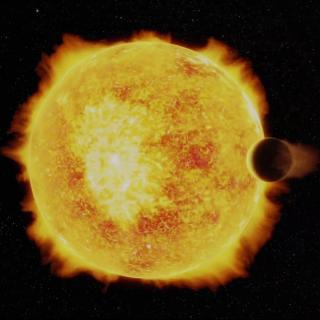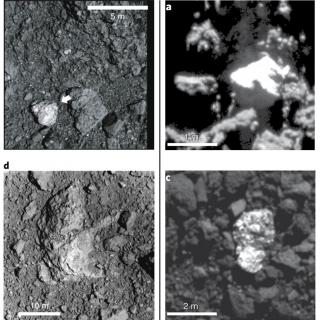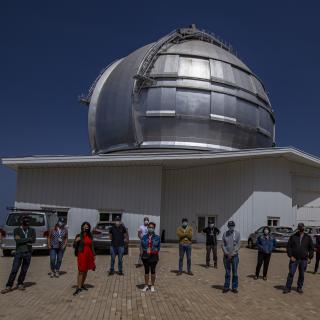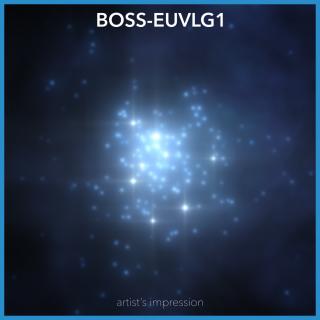
An international scientific team, led by researchers at the Centre for Astrobiology (CAB, CSIC-INTA) and with participation by the Instituto de Astrofísica de Canarias (IAC), have found the galaxy BOSS-EUVLG1. This is the galaxy with star formation but almost no dust, the most luminous of its type known up to now. It was found using observations made with the Gran Telescopio Canarias (GTC), at the Roque de los Muchachos Observatory, (Garafía, La Palma, Canary Islands), and with the ATACAMA Large Millimetre/submillimetre Array (ALMA), in Chile. The discovery was recently published in the
Advertised on
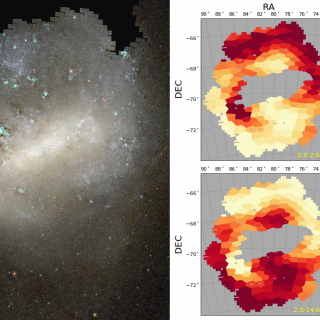
![The [O III] spatial profiles The spatial profiles of the observed and expected [O III] 4363 (orange and green, respectively), residuals from subtracting the expected collisional [O III] 4363 profile from the observed one (red), and the O II 4649 profile scaled (blue).](/sites/default/files/styles/crop_square_2_2_to_320px/public/images/news/A46.png?h=0150dd40&itok=dpTtNI6g)
